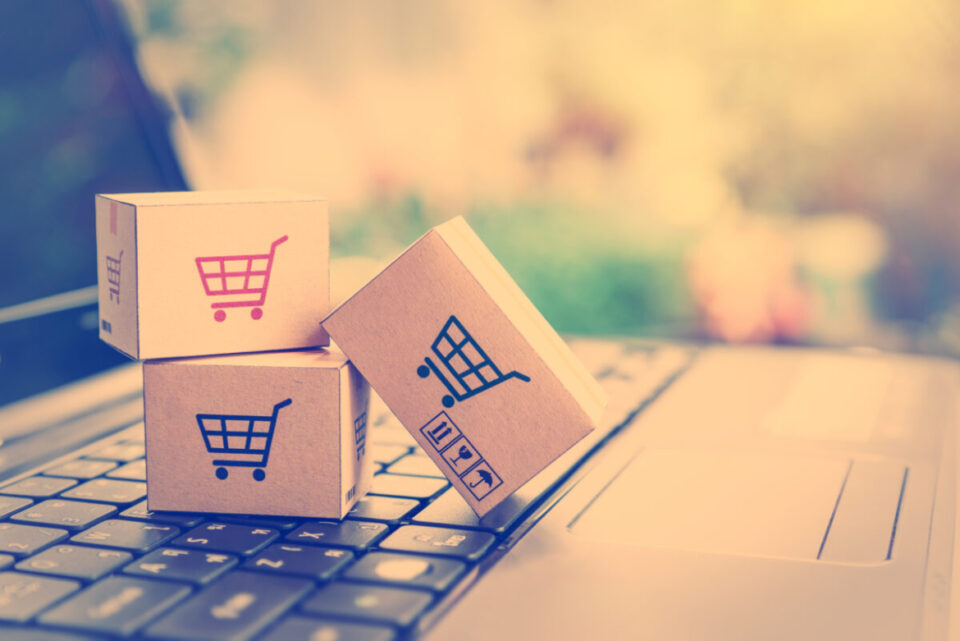Buy Now Pay Later (BNPL) was the technology of 2021, with one in five people using it at least once a month, in large parts due to the lockdowns caused by the pandemic. As we emerge into a post-pandemic world, and people return to shops in person, the eCommerce sector will no doubt be impacted, so what are some trends we will see in the coming year?
Benoît Boudier is the Head of Business Development for Regional Businesses at Worldline. With almost 20 years of experience in the electronic payments, eCommerce and mobile marketing sectors, Boudier focuses on providing innovative payment solutions to businesses of all sizes across 31 geographies. Prior to Worldline, he held executive positions at Ingenico helping merchants grow their online businesses across key markets in Europe.
Boudier explores the emerging trends in the eCommerce space and the market conditions merchants should consider to enrich customer experience and boost revenue:

This year is already shaping up to be a bumper one for eCommerce, with sales set to reach record-breaking levels across Europe. In 2020 eCommerce sales topped €757billion, a 10 per cent increase from 2019, while over the past three years the region has witnessed a 30 per cent increase in the transaction value of digital and mobile payments.
The pandemic, which forced many to shop from home, played an integral role in driving the eCommerce market to new heights. Indeed, it is en route to becoming the mainstream form of shopping within the next decade. So, what can retailers do to take advantage of this opportunity and generate long-term growth?
Identifying the cornerstone features of eCommerce
Shopping online encompasses a series of touchpoints, implemented by merchants through an array of channels, with the intention to capture the shopper’s attention. This aims to move away from a one-time shopping experience and towards longer-term loyalty, where customers make repeat purchases over a prolonged period.
Mobile shopping represents a key channel, making up for almost 70 per cent of all retail visits worldwide and accounting for half of Europe’s eCommerce sales. Simple tactics such as creating a pleasant experience for customers shopping on their smartphones and offering mobile payment methods such as Apple Pay or Google Pay can have a massive impact on the conversion rate. This highlights the importance merchants should place in putting these devices front and centre of every eCommerce strategy in order to drive growth.
Another element influencing eCommerce is the so called ‘shopping holidays’. Black Friday and Cyber Monday, which originated in the US, typically occur during the final three months of the year. In turn, these events have sparked European business owners to offer large discounts and, as a result, see vast numbers of orders placed and goods sold.
The trends and innovations from last year
One of the biggest developments in eCommerce in recent years is the rise of BNPL services. BNPL is a technology that, although considered niche and represented just 2.5 per cent of transactions in 2020, constitutes an explosive tool for growth that merchants should consider.
Major eCommerce firms are offering BNPL services as consumers lean towards utilising a more affordable and convenient payment option. In Europe, BNPL adoption is expected to record a compound annual growth rate (CAGR) of 30.8 per cent between 2022-2028.
Subscription-based payments have also been gaining popularity among major eCommerce retailers. Since Q1 2012, subscription businesses have seen a 437 per cent growth in revenue, while subscription companies have grown five to eight times quicker than traditional businesses. Last year only, the revenue growth rate for subscription-based business model almost hit a 12 per cent increase, while revenue from product-based business dropped by two per cent.
Recurring payments can span many sectors: from fitness, beauty and streaming services to weekly food and wine subscriptions. This form of eCommerce is now widespread across Europe and ensures merchants receive a constant stream of income, over a longer period of time.
Preparing for the future
The extraordinary market conditions brought by the pandemic compelled online retailers to be more reactive. In most instances, this leads to the implementation of quick-win solutions such as pay by link or click and collect to meet customer demand. It also involved the adoption of BNPL and subscription-based services to adapt to a new market environment. These trends could help grow digital commerce by 12.7 per cent this year and remain an exciting prospect for retailers as they look for more diverse ways to engage with their customers.
The opportunities that eCommerce brings are boundless and positive for merchants. Jumping on the bandwagon early and adopting new innovative technology will enable retailers to stand out in a crowded market by offering seamless shopping experiences to attract customers. Finally, leveraging the right eCommerce platform and payment infrastructure will only accelerate digital transformation.



